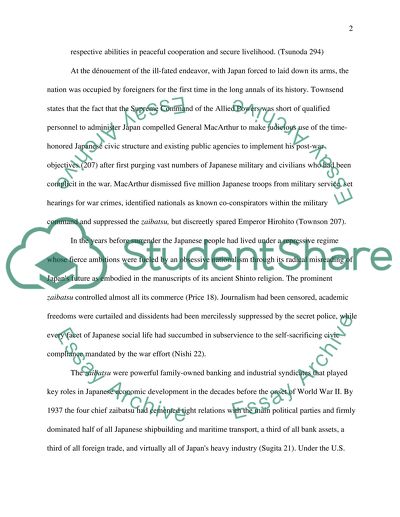Cite this document
(“Enforced Democracy under American Occupation Essay”, n.d.)
Enforced Democracy under American Occupation Essay. Retrieved from https://studentshare.org/miscellaneous/1514607-enforced-democracy-under-american-occupation
Enforced Democracy under American Occupation Essay. Retrieved from https://studentshare.org/miscellaneous/1514607-enforced-democracy-under-american-occupation
(Enforced Democracy under American Occupation Essay)
Enforced Democracy under American Occupation Essay. https://studentshare.org/miscellaneous/1514607-enforced-democracy-under-american-occupation.
Enforced Democracy under American Occupation Essay. https://studentshare.org/miscellaneous/1514607-enforced-democracy-under-american-occupation.
“Enforced Democracy under American Occupation Essay”, n.d. https://studentshare.org/miscellaneous/1514607-enforced-democracy-under-american-occupation.


